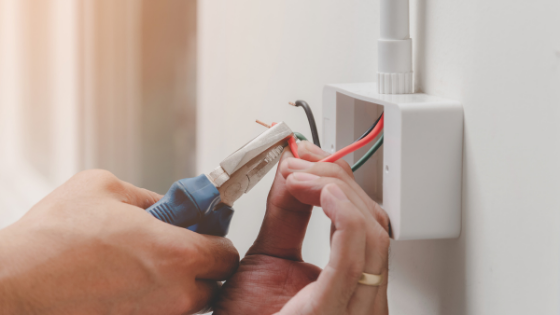An electrical inspection may be necessary on multiple occasions. Remodeling a home, or buying or selling a property will require a professional inspection by a city inspector. Here are a few areas the inspector will review.
Circuits
The inspector will check if the home has the right number of circuits for each area. In addition, he will check the dedicated circuits that serve appliances such as the refrigerator, microwave oven, garbage disposer, dishwasher, and dryer. The inspector will also check the number of general lighting and appliance circuits in each room.
GFCI and AFCI circuit protection
Outlets or appliances located outdoors, below grade, or near sources of water must have GFCI protection. He will walk through these areas and make sure GFCI outlets are installed and working.
Arc-fault circuit interrupters are also necessary in most electrical circuits in a home. The inspector will look for AFCI circuit breakers or outlet receptacles in new or remodeled electrical installations.
Electrical boxes
The electrical box must be flush with the wall and large enough to contain the wire conductors. The box should also be securely fastened to the devices it contains.
Box heights
Outlet and switch heights should be consistent. Typically, outlets should be at least 15 inches above the floor, while switches should be at least 48 inches above the floor. Variations may be allowed in children’s rooms or for accessibility reasons.
Cables and wires
A professional electrical inspection will also involve a review of how the cables are clamped in the boxes. There should be at least eight inches of wire extending from the electrical box to allow enough wire to connect to the device and accommodate future trimming to connect replacement devices.
Cable anchoring
Cables should be attached to the walls using studs. The first staple should be no more than eight inches from the box and subsequent staples should be placed at least every four feet thereafter.
Wire labeling
Wires in the electrical boxes should be labeled to indicate the circuit number and amperage.
If you’ve recently completed an electrical project, reach out to Tucker Hill for a professional inspection before you call in the local inspector.

